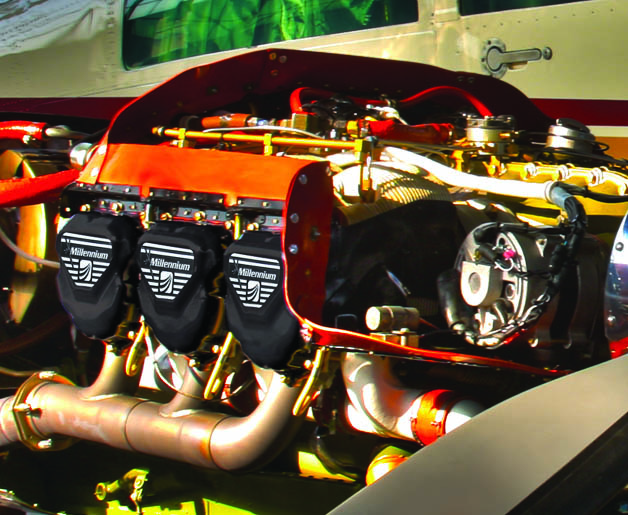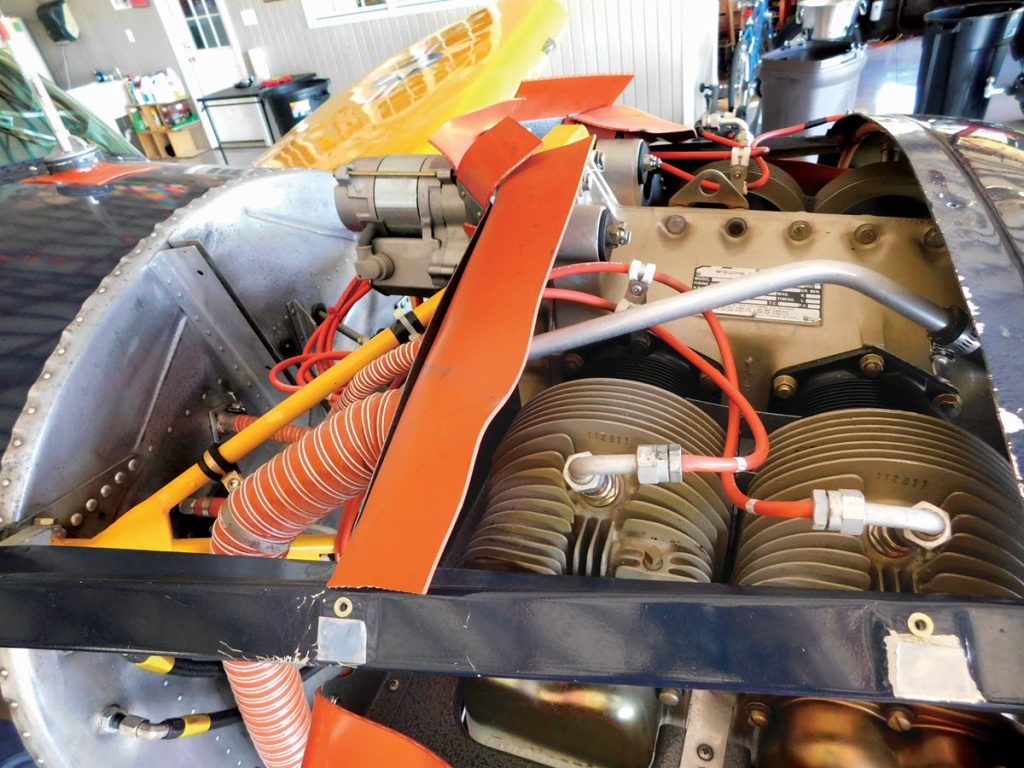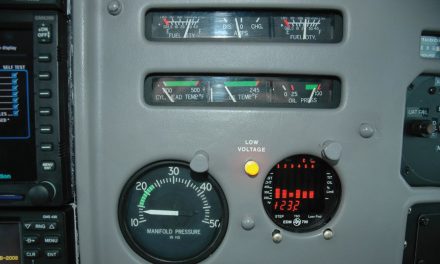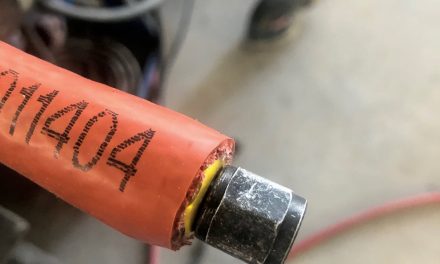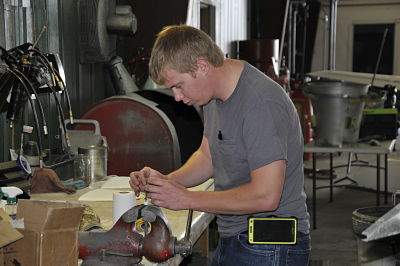By Bill Ross, Vice President, Product Support, Superior Air Parts, Inc.
A topic of interest for any aircraft owner should be the proper maintenance of your engine’s baffling. I’ve witnessed too many instances where an aircraft owner or their mechanic has installed a $30,000 to $90,000 engine only to use the old, deteriorated baffling. Why not spend a little bit more and do all you can to protect that big investment?
In reality, I don’t think it is so much a question of economics but rather a lack of understanding about the functions and performance of an engine’s baffling.
With fuel system calibration being number one, neglecting the baffling condition is probably the second most common maintenance issue I see under the cowling. The fact is, engine baffling left in a state of disrepair will likely result in reduced cylinder life and other operational performance issues.
DEMYSTIFYING BAFFLING
Engine baffling plays a critical role in cooling the cylinders evenly and keeping the entire engine within specified temperature parameters. Even the slightest imperfections or problems in the baffling can dramatically affect the cylinder and oil temperature.
Some of the detrimental effects can include accelerated wear of cylinder and valve train components, glazing of cylinders, and in some cases reducing detonation margins to dangerous levels.
Over my many years as an A&P and technical representative, I have assisted in solving cylinder head temperature issues many times. In most cases, abnormal cylinder head temperature is usually not the cause of some manufacturing or material defect in the cylinder itself.
In fact, as I’ve covered elsewhere in my book, Engine Maintenance 101, there are many things that can influence cylinder head temperature, including fuel system calibration, engine timing, flight profile, climate, and, most of all, damaged or improperly installed baffling.
I have witnessed many mechanics chase cylinder head temperature issues by adding fuel on the injection adjustment well above the manufacturer’s recommendations. This is merely placing a Band-Aid™ on the root of the problem!
Owners and mechanics can quickly blame the cylinder’s manufacturer, but in my 30-plus years, I have found only a couple of instances where that was the cause of the problem.
When troubleshooting engine temperature problems, I always ask the owner or mechanic about the condition of their baffling. Without question, 100% of the time, it is reported as “okay,” “good,” or even “perfect.”
The fact is, as I probe further into the problem, more times than not, the condition of the baffling was, in fact, nowhere close to being “okay.”
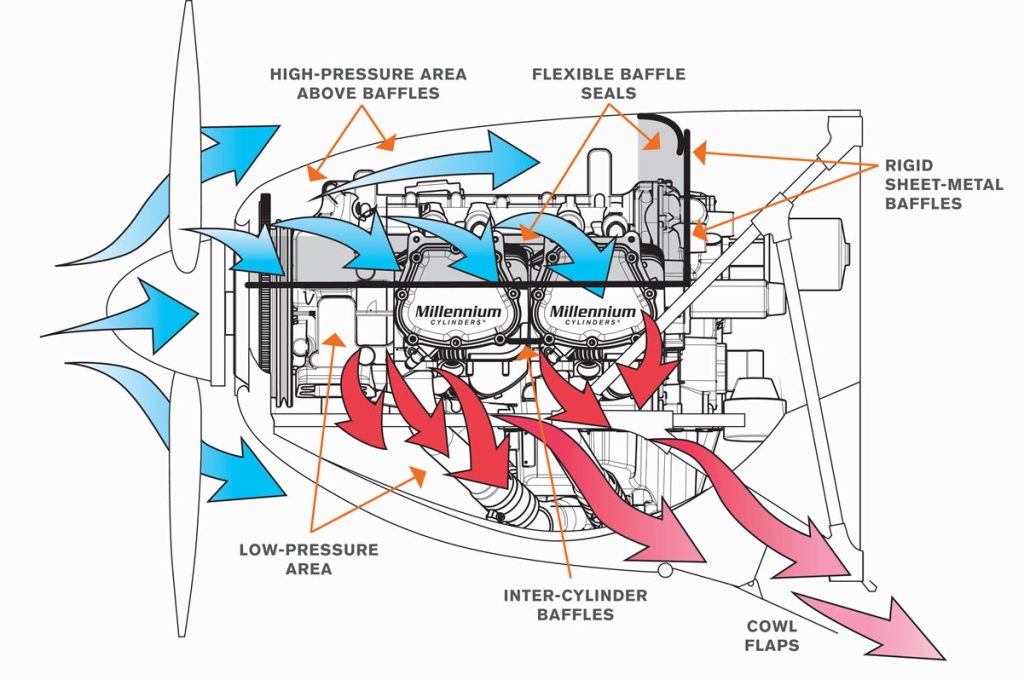
BIRD 1… BAFFLING 0
I remember one instance where the owner reported high cylinder head temperature problems. We assisted in troubleshooting over the phone for several days and were told the baffling was perfect. Finally, I traveled to his location, and when I examined the airplane, I actually found the remnants of a bird’s nest in the baffling. The bird had long ago moved out.
I guess birds don’t like cylinder head temperatures above 400 degrees, either! I just had to ask the mechanic if this was his idea of “good or perfect” baffling. He and the owner were ready to remove cylinders, change the fuel pump, etc. Anything but address the actual problem.
Anyway, we cleaned and resealed the baffling, and that immediately brought the cylinder head temperatures down to normal levels.
The owner was very embarrassed and offered to pay all my expenses for the trip. I declined and advised him that we would use this time to work with his mechanic. Today (not because of me) the mechanic is one of the best in the industry. I encouraged him to attend many of the recurrent training classes on engines and airframes. While experience is good, training is sometimes better for all!
DON’T BE BUMFUZZLED BY BAFFLING
The rest of this article can be seen only by paid members who are logged in.Have a website login already? Log in and start reading now.
Never created a website login before? Find your Customer Number (it’s on your mailing label) and register here.
JOIN HERE
Still have questions? Contact us here.

